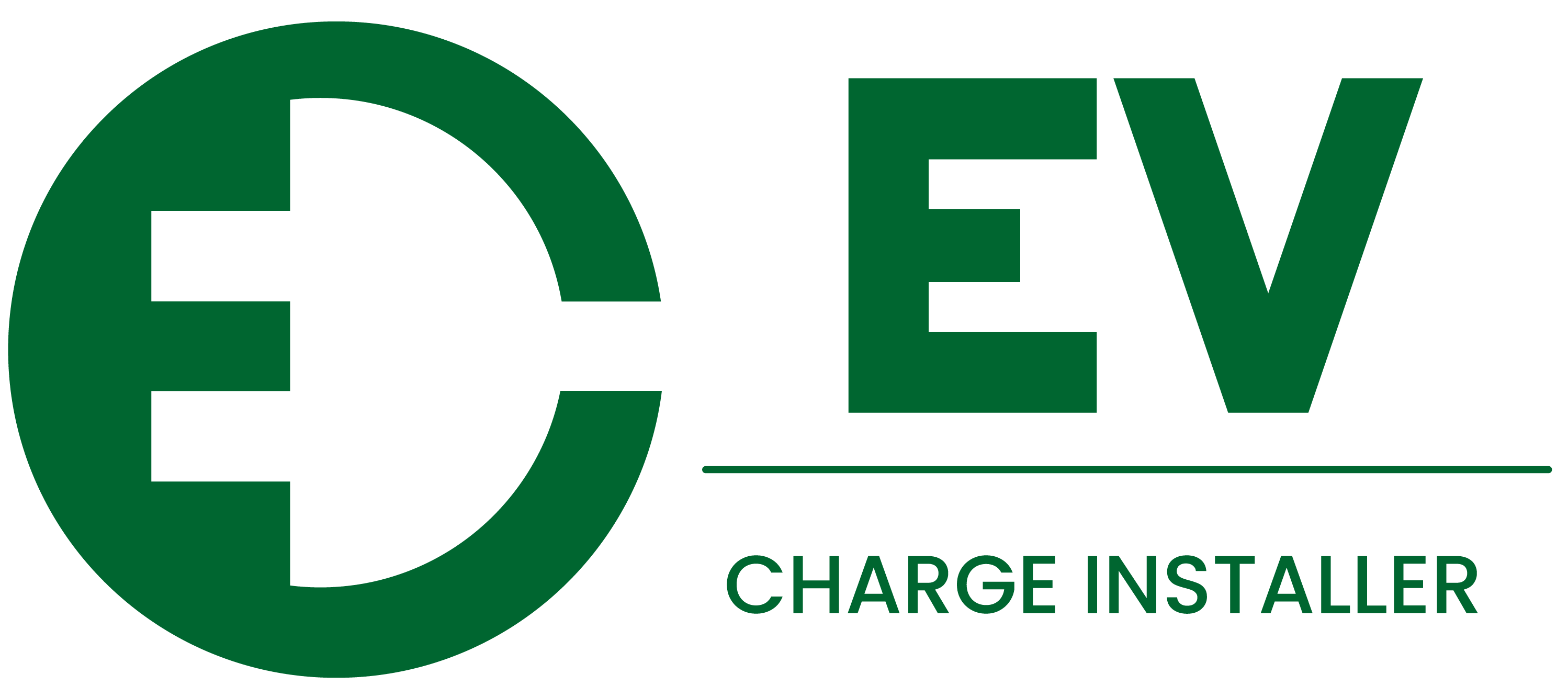AC chargers are the most common type of Level 1 and Level 2 charging stations. They operate on AC electricity and typically deliver 3-20kW of power, enabling an EV battery to gain 20-60 miles of range per hour of charging. Slower AC Level 1 chargers use a standard 120V household outlet. Faster Level 2 AC chargers require a 240V circuit but charge a vehicle 3-7 times quicker.
In contrast, DC fast chargers operate on DC electricity to deliver 50-350kW directly into a vehicle’s battery. This enables ultra-fast charging, adding up to 200 miles of range in just 15 minutes. However, DC fast charging can shorten battery life over time if used frequently. While AC chargers simply require an outlet, DC fast chargers need complex installations with factors like solar alignment, utility upgrades, and site plans.
When installing any EV charger, follow local electrical codes and permit requirements. Use thick, dedicated wiring with appropriate amperage ratings. AC chargers will need a qualified electrician for installation, while DC fast chargers require engineering experts. Proper grounding, ventilation and maintenance are also critical.
Choosing the right charger type and carefully planning installations will ensure safe, reliable and cost-effective EV charging for your needs. AC chargers are best for home use, while DC fast chargers enable rapid charging along highways. Being informed about the differences will help make your electrification journey smooth and enjoyable.
